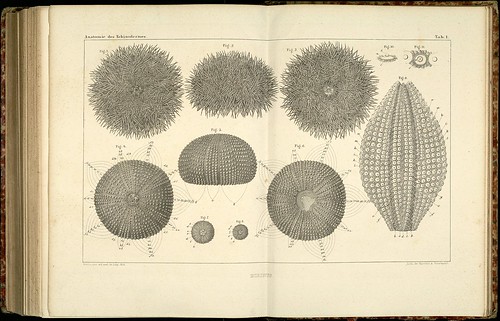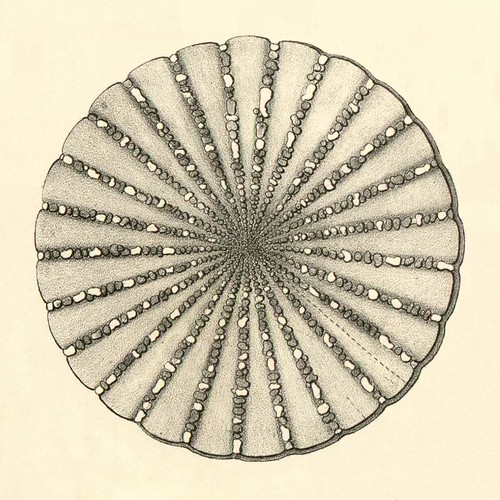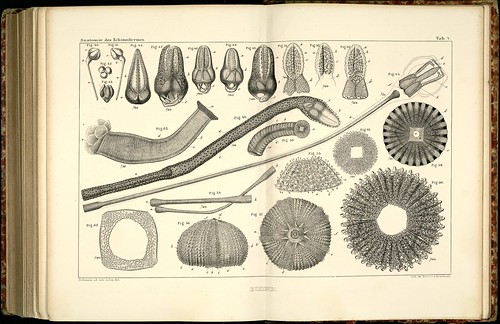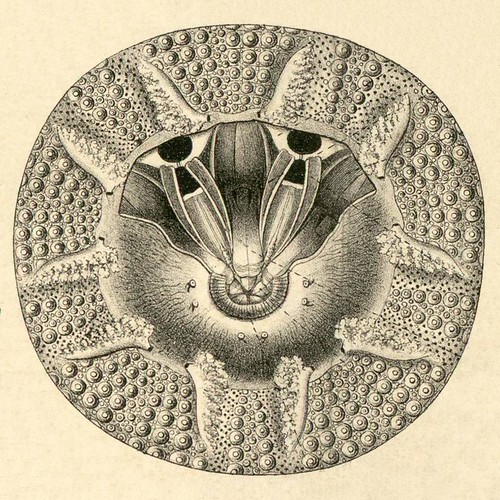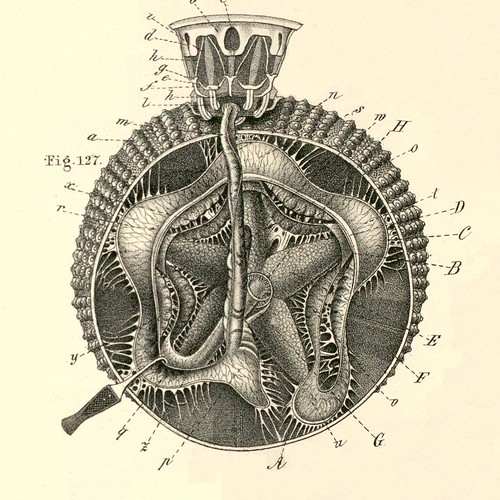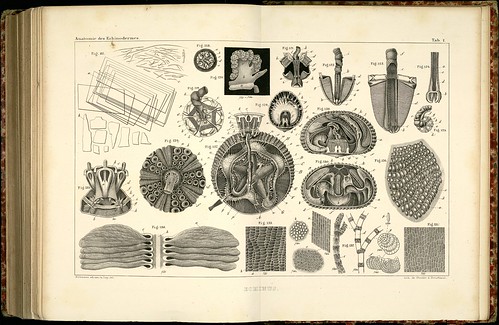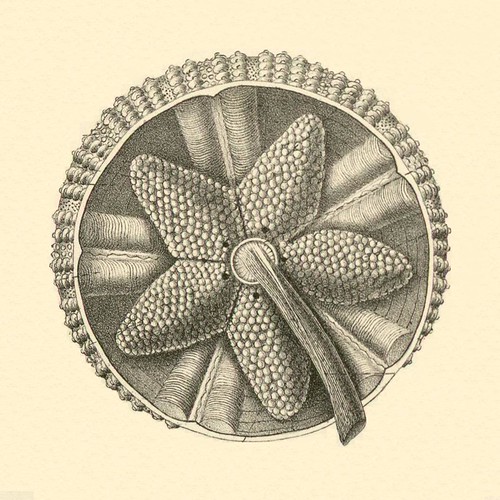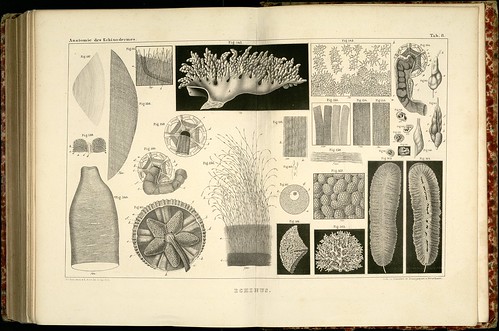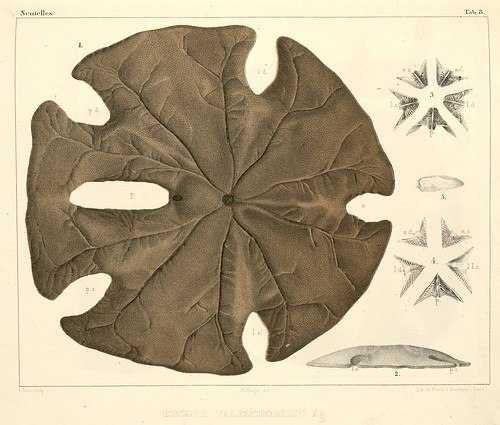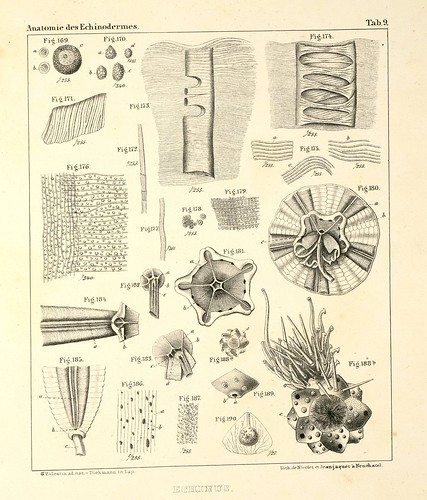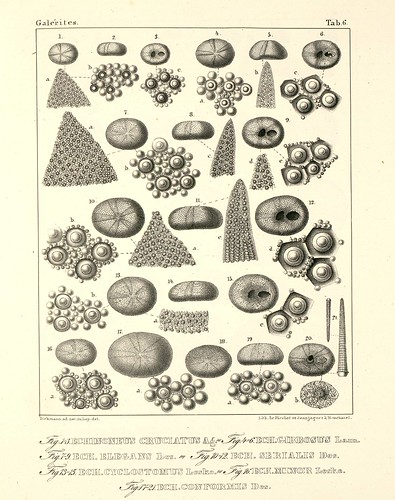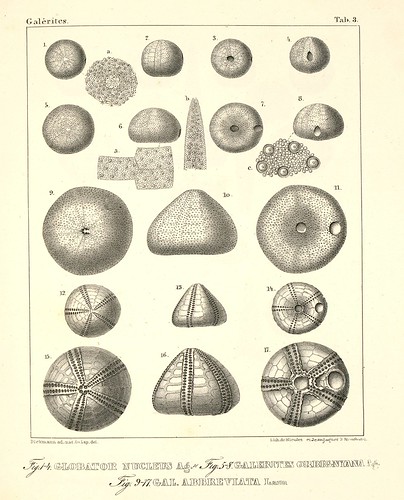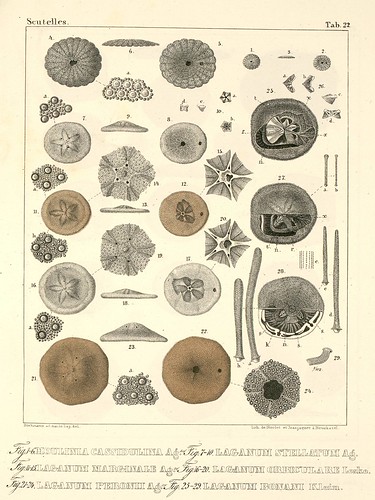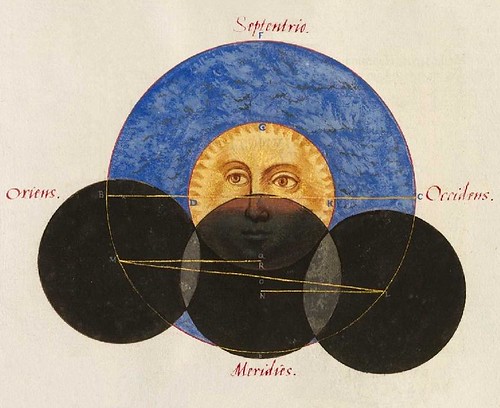
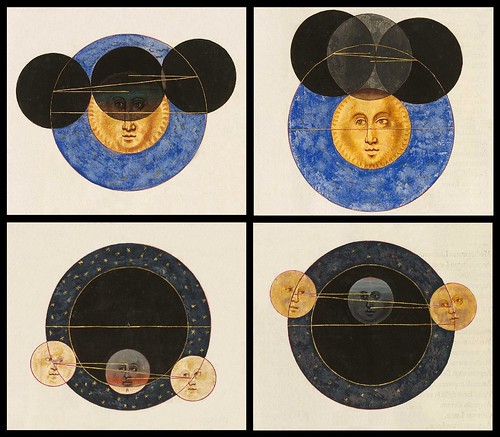
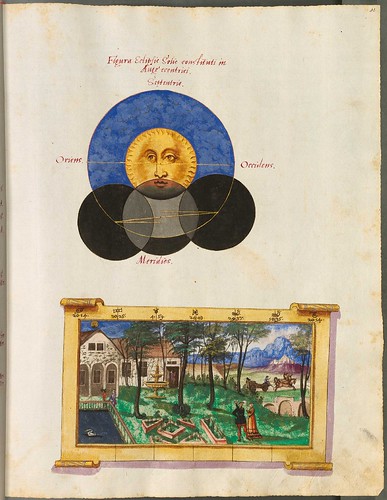

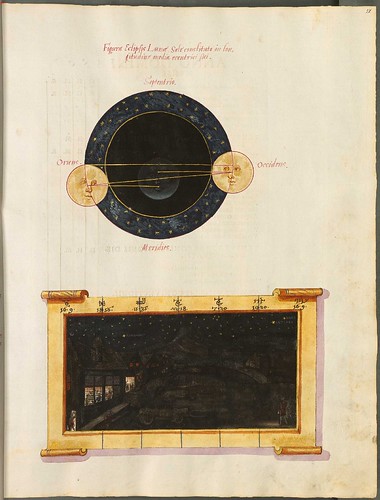
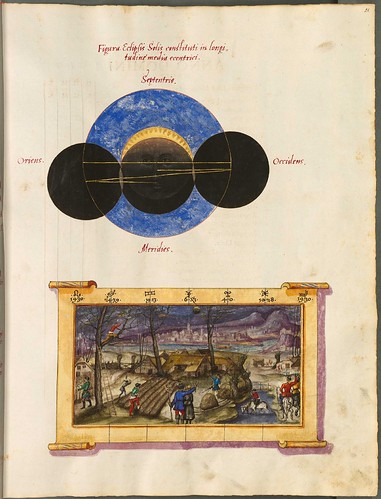
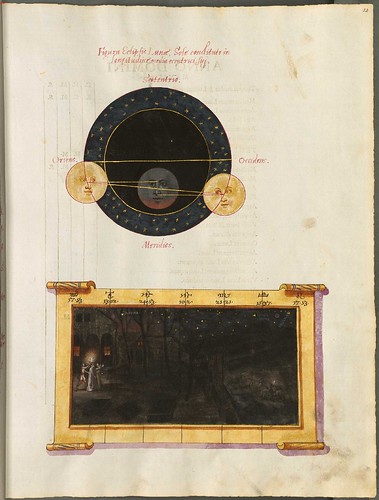

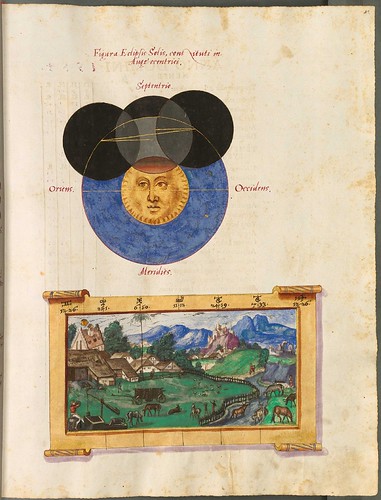




![Eclipsis Solis (detail) [the Pulp Fiction remix]](http://farm4.static.flickr.com/3440/3240767144_f01cc72a67.jpg)
'Eclipses luminarium summa fide et accurata diligentia supputatae, ac figuris coloribusque suis artificiose depictae, quarum rationes ab anno domini 1554. usque in annum domini 1600. se extendunt et ad meridianum Viennae Austriae referuntur - BSB Cod.icon. 181' by Cyprian Leowitz is online at the The Digital Library Department of the Bavarian State Library. (ostensibly: 'Accurate coloured depictions of solar and lunar eclipses covering the years 1554 to 1600 with Vienna, Austria as the point of reference')
The only information I can glean from the web suggests that Leowitz was a Bohemian astrologer and a contemporary of Nostradamus. Most (very very brief) citations mention that his notoriety centres on his having predicted that the world would end in 1584. I think that assertion was made in 1568 and a comment at one site opined that he was hedging his bets by publishing luna/solar data for the time subsequent to the predicted apocalypse (my first thought here is that the author is conflating two publications of Leowitz from different times.) None of these web snippets are worth linking.
I presume that the 1568 prediction was published in Leowitz's 'Prognosticon'.
Just as an irrelevant aside: that word, 'prognosticon', occurs as or in the title of a LOT of books from the Bavarian State Library (and other German libraries too). At first, I thought that these books would be worthwhile checking out; that the title was indicative of 'visual weirdness ahead'. I'm always looking for words or categories or shortcut indications that I can rely on in deciding whether or not to bother checking out a book, because naturally I can only skim a very modest amount from the firehose of digitised material that comes in through my feedreader. It turns out, after trial and error, that 'prognosticon' is, in fact, a useful indicator. When I see it, I don't bother looking unless I recognise the author because these books are invariably illustration-free.
Excerpts or adaptions of 'Eclipses luminarium..' appear in a collection of astrological manuscripts hosted by the University of Heidelberg that was the subject of a previous post: Geomancy Almanac.

